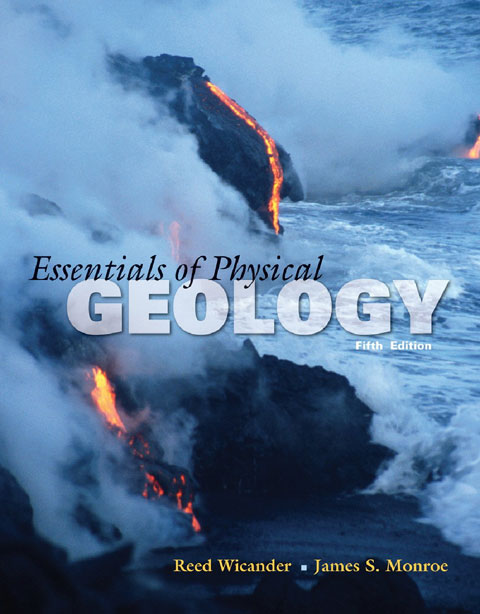
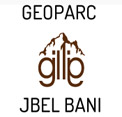
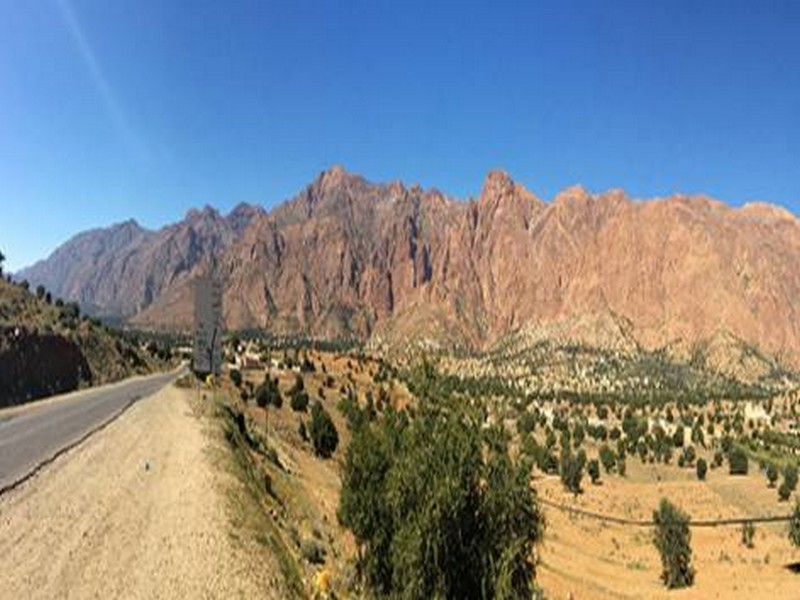
Jebel el Kest: A stunning day in the Moroccan Anti-Atlas
The ascent of Jebel el Kest in Morocco’s Anti-Atlas is a stunning day in remote mountains – one of the very best hill days. Cicerone’s Publisher, Jonathan Williams, explored the area with his son Joe in February 2015..
‘Anergui...’ Chris Bonington’s always-quiet tone dropped a notch as he repeated the name, his eyes seeming to glaze over as though he was remembering big mountains in great ranges. I was impressed. All I’d done was mention this particular approach to the little-known Jebel el Kest in Morocco’s Anti-Atlas. It must be quite a hill. There was clearly a lot to look forward to on our walking and scrambling trip. Over the last twenty years the Anti-Atlas has grown into a remarkable arena for climbers. Massive amounts of rock at good climbing grades, easy access, good prices and great people have all made this area a new home-from-home for a generation of climbers: Les Brown, Joe Brown, Chris Bonington, Claude Davies... all well-known names on the friendly streets of Tafraoute.
A town of 5000 people, Tafraoute is set off to the south of Jebel el Kest, giving it astonishing views to the quartzite range that glows bright pink in the evening light. It’s located in an area the maps refer to as ‘The Granite Area’, full of piles of strangely shaped boulders. There are several hotels and a few restaurants, plenty of shops, pharmacies, a weekly souk, and a small medical centre (with which we had dealings the next day – another story). The French influence is unmistakable; well taught in the schools it’s one of three languages – with Arabic and Berber – spoken throughout Morocco. Those involved in adventures and other trading all have excellent French and a surprising amount of English. And catering to climbers is only one of Tafraoute’s enterprises. It’s a stop-off for the many French who tour around Morocco and into the Sahara, often in sizeable motor homes. This has led it to its development as a major centre for carpet selling, and the two emporia that service this business have become masters of the art. It’s unlikely your resistance is even close to a match for their sales talents, so it’s best just to embrace it. Tafraoute is as a fine place as any to buy a carpet, rug or throw and it will make a valuable contribution to the local economy.
Located about 3 hours’ drive south east of the Atlantic resort of Agadir, a 4-hour flight from the UK, this remote area on the edge of the Sahara desert can be reached inside a day. The drive down is fascinating – remarkably little traffic but a whole new culture with shepherds and flocks crossing the road, towns and Berber villages large and small, roadside water stalls, women in niqab and hijab of all colours, minarets and wild mountain scenery, as well as the inevitable game of chicken as two vehicles pass on the road eroded by the perpetual sun and occasional rain down to a singe track. Winter temperatures are ideal for walking, but the main season is March to April and October into November. In mid-February we had cloudless days up to 20º and night-time temperatures of 8 to 10º – fine Cumbrian summer days.
Jebel el Kest itself is just the highest point in a long and complex ridge extending over 35km and accessible from both north and (more usually) south. There are a few paths – original Berber shepherd trails above the villages – but much of it is trackless. And everything up there is either sharp or spikey.
Pub in May 2015
Source web par cicerone-extra
Les articles en relation
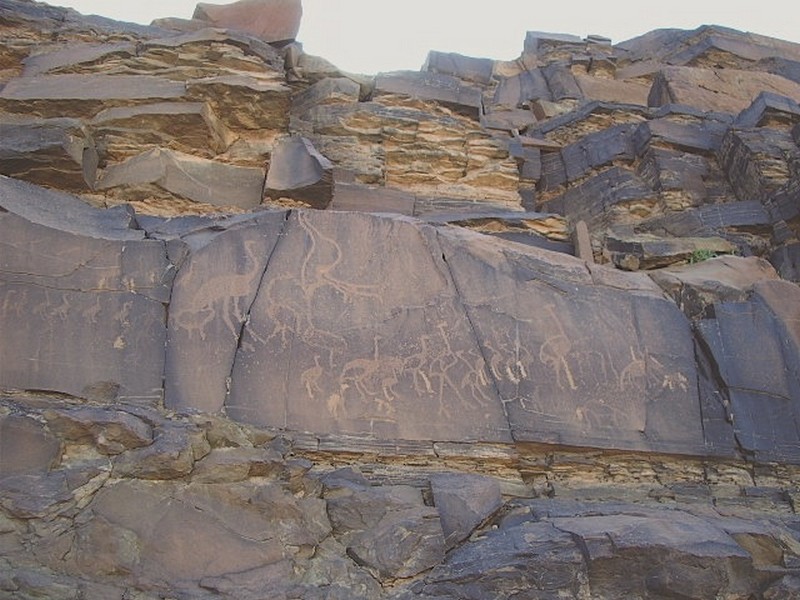
Bouafen et Oued Tamzarar
L'oued Tamzarar Sur la piste d’Akka à la route d’Icht, dans l’oued Tamzarar, sur la falaises rive gauche, la majorité des gravures est située sur des parois verticales à partir d&rsqu
Savoir plus...
Vallées de l'Anti-Atlas - Spécial amandiers en fleur (Géoparc Jbel Bani)
Vallées de l'Anti-Atlas - Spécial amandiers en fleur (Géoparc Jbel Bani) Cet itinéraire permet de découvrir un Maroc encore secret fait de montagnes arides et de villages qui semblent vivre hors
Savoir plus...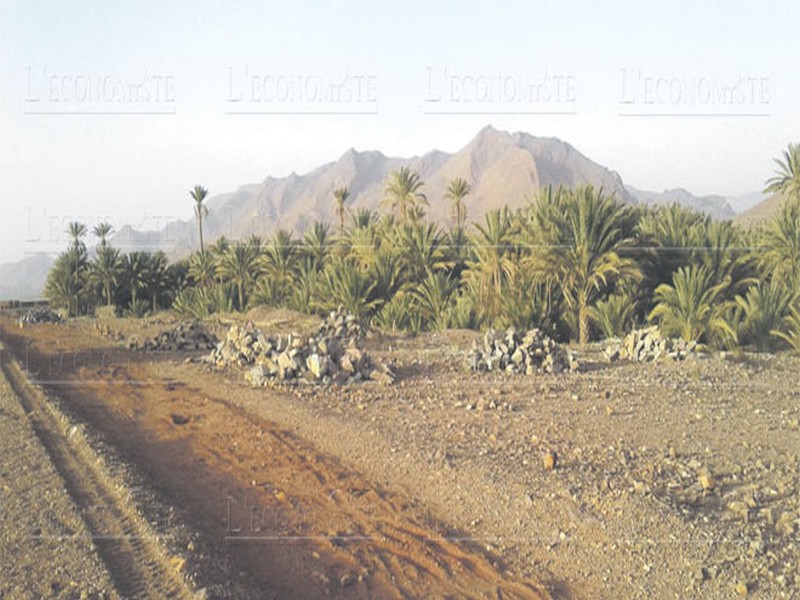
Le Géoparc Jbel Bani et Foum Zguid, à la porte du désert, la pastèque menace la nappe phréatique
Le Géoparc Jbel Bani et Foum Zguid, à la porte du désert, la pastèque menace la nappe phréatique A 170 km d’Ouarzazate, à Foum Zguid, c’est la porte du désert. Le tourisme
Savoir plus...
Climat subarctique
Climat subarctique Un climat se définit grâce à différentes données météorologiques. Les températures et les précipitations sont déterminantes en la matière.
Savoir plus...
Changement climatique : Quel scénario pour le Maroc en 2050 ?
Changement climatique : Quel scénario pour le Maroc en 2050 ? L’Institut royal des études stratégiques vient de publier son dernier rapport L’Institut estime que la sécurité alimentai
Savoir plus...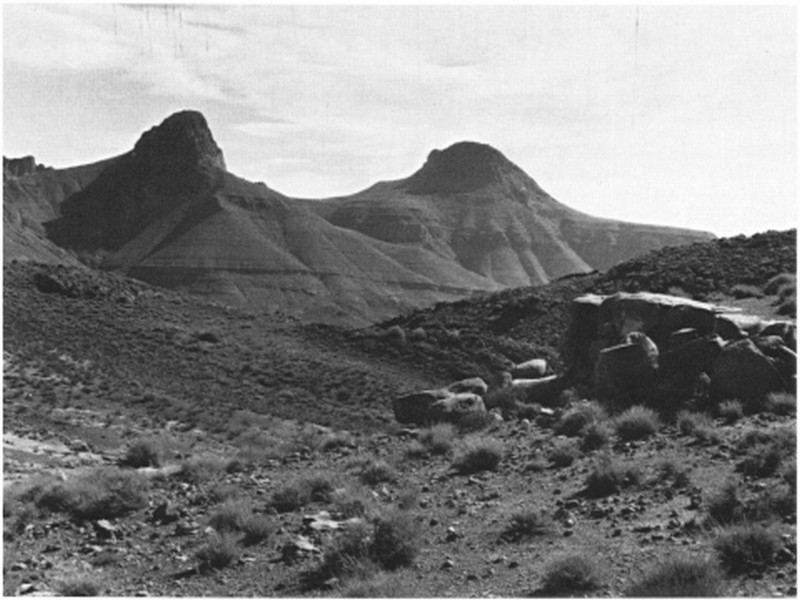
Le climat : ( anti atlas ) pour J. Riser
Le climat : ( anti atlas ) pour J. Riser Un balcon semi-aride au-dessus du Sahara Le vent emporte les feuilles sèches des noyers La paille blonde laissée sur l’aire à battre Et le linge oubli&eacut
Savoir plus...
Cranberry
Cranberry Plante originaire du nord-est de l'Amérique, le cranberry - aussi connu sous le nom de canneberge - est depuis longtemps reconnu comme un « fruit santé ». Il regorgerait de nombreuses substance
Savoir plus...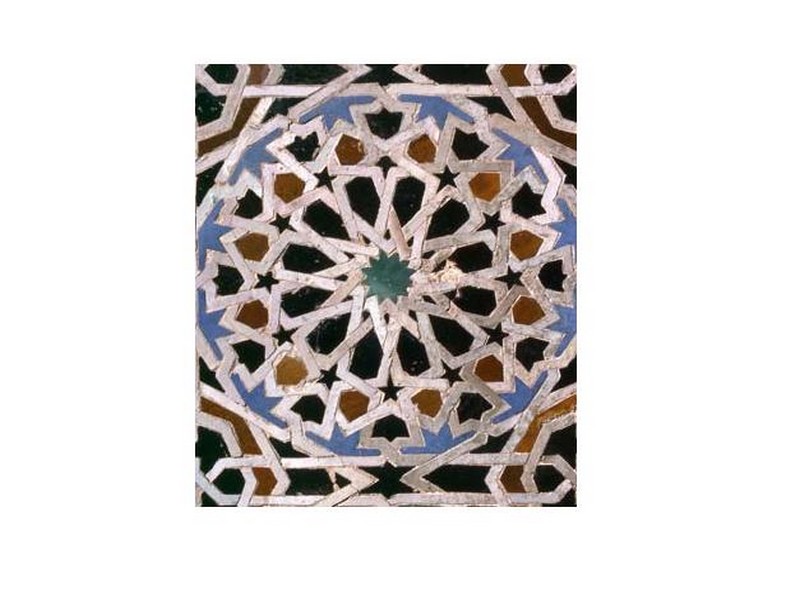
Les défis à relever pour un artisanat tourné vers l'avenir...
Les défis à relever pour un artisanat tourné vers l'avenir... Pour faire face à cette situation de crise, le secteur de l'artisanat et ses différents acteurs doivent relever plusieurs d&eacu
Savoir plus...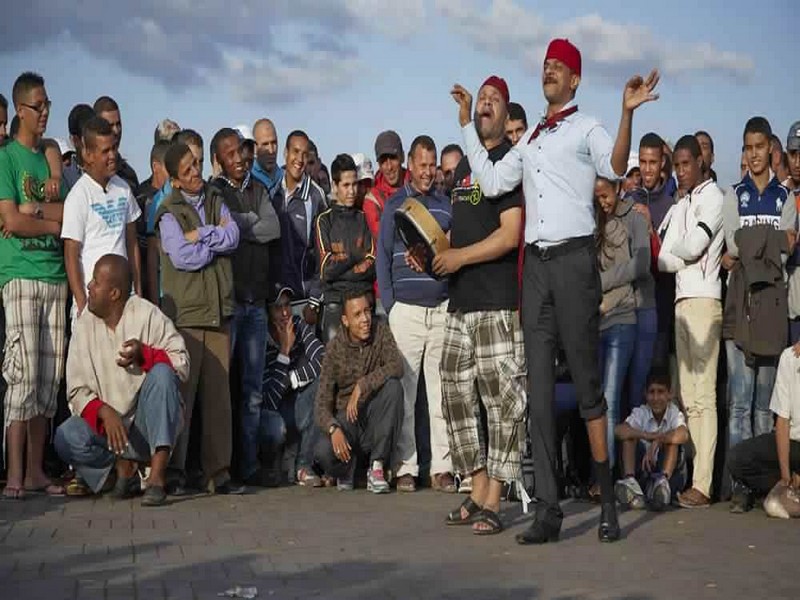
L’espace culturel de la place Jemaa el-Fna
L’espace culturel de la place Jemaa el-Fna Inscrit en 2008 sur la Liste représentative du patrimoine culturel immatériel de l’humanité (originellement proclamé en 2001) Pays : Maroc Descr
Savoir plus...
Anti-Atlas: Un PPP pour le «Géoparc» Jbel Bani (Géoparc Jbel Bani)
Anti-Atlas: Un PPP pour le «Géoparc» Jbel Bani (Géoparc Jbel Bani) Le Géoparc Jbel Bani. L’idée de ce projet a démarré d’une rencontre publ
Savoir plus...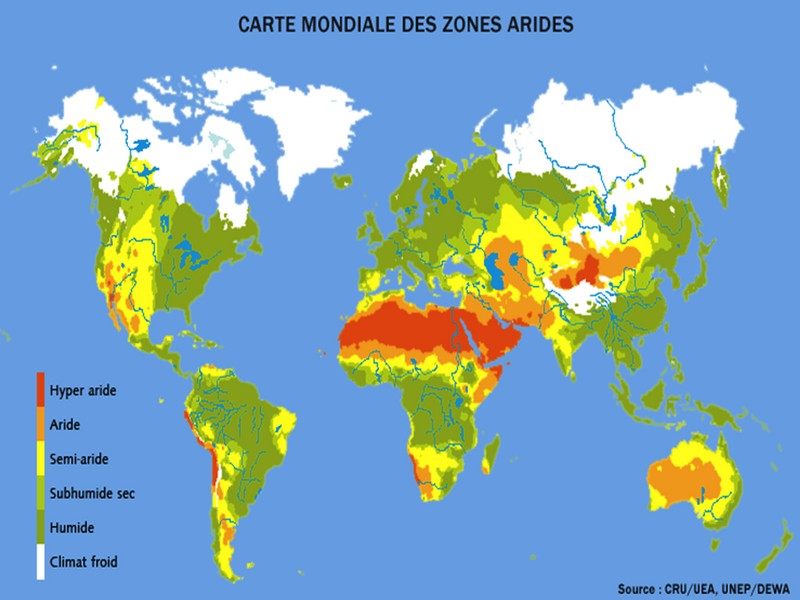
Les Eco systèmes des zones arides et semi arides
Les bioclimats du Maroc De par sa situation et composition géographiques, le Maroc présente des bioclimats ou zones climatiques très différentes. Tout d’abord, il est limité par une côte
Savoir plus...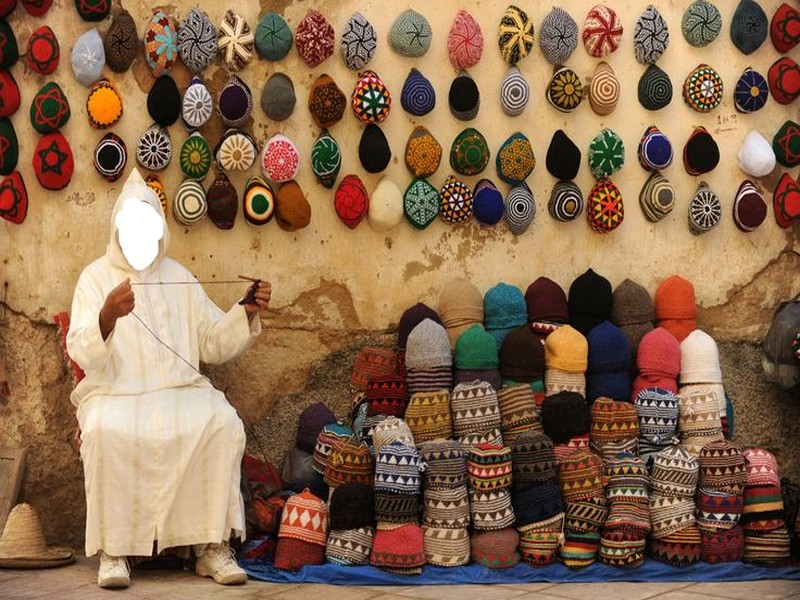
Patrimoine : Des artisans marocains en Afrique du Sud
Patrimoine : Des artisans marocains en Afrique du Sud Dans la ville sud-africaine de Durban, un projet de transformation d’une église en mosquée a nécessité de faire appel à l’expertise
Savoir plus...Les tags en relation
En savoir plus sur " Montagnes et Anti Atlas "
Consulter les vidéos de " Montagnes et Anti Atlas " Consulter les photos de " Montagnes et Anti Atlas " Consulter les publications de " Montagnes et Anti Atlas " Consulter les éditions de " Montagnes et Anti Atlas " Consulter les communications de " Montagnes et Anti Atlas "Recherche du site
Recherche avancée / SpécifiqueMontagnes Jbel Bani, Jbel Kerst et Anti Atlas
Montagnes et Anti Atlas Caractéristiques des montagnes du Jbel Bani Jbel Bani et Jbel Kesrt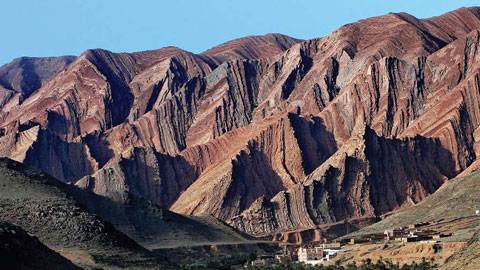
Géoparc et Recherche Scientifique
Le coins de l’étudiant
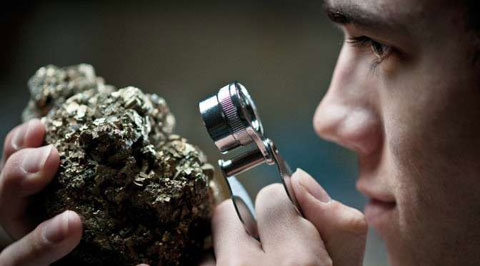

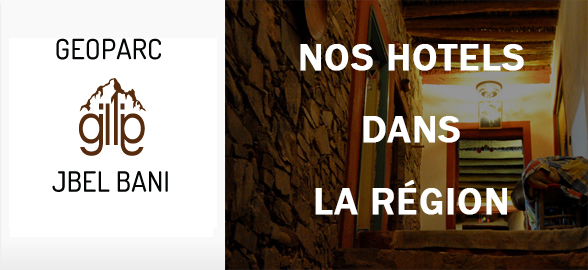
Blog Géoparc Jbel Bani
Dictionnaire scientifique
Plus de 123.000 mots scientifiques
Les publications
Géo parc Jbel Bani

Circuits & excursions touristiques

cartothéques
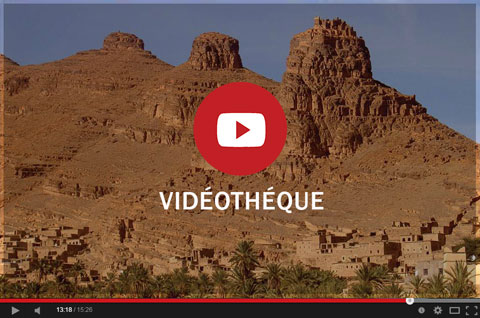
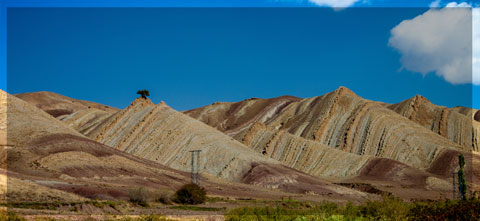
Photothéques
Publications & éditions
